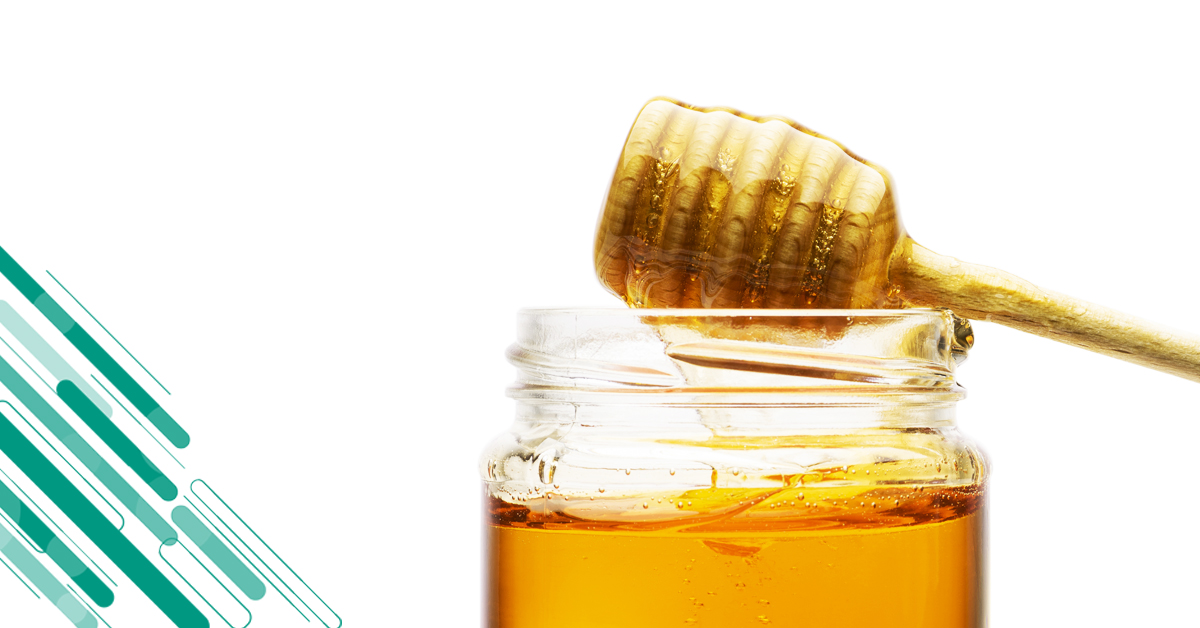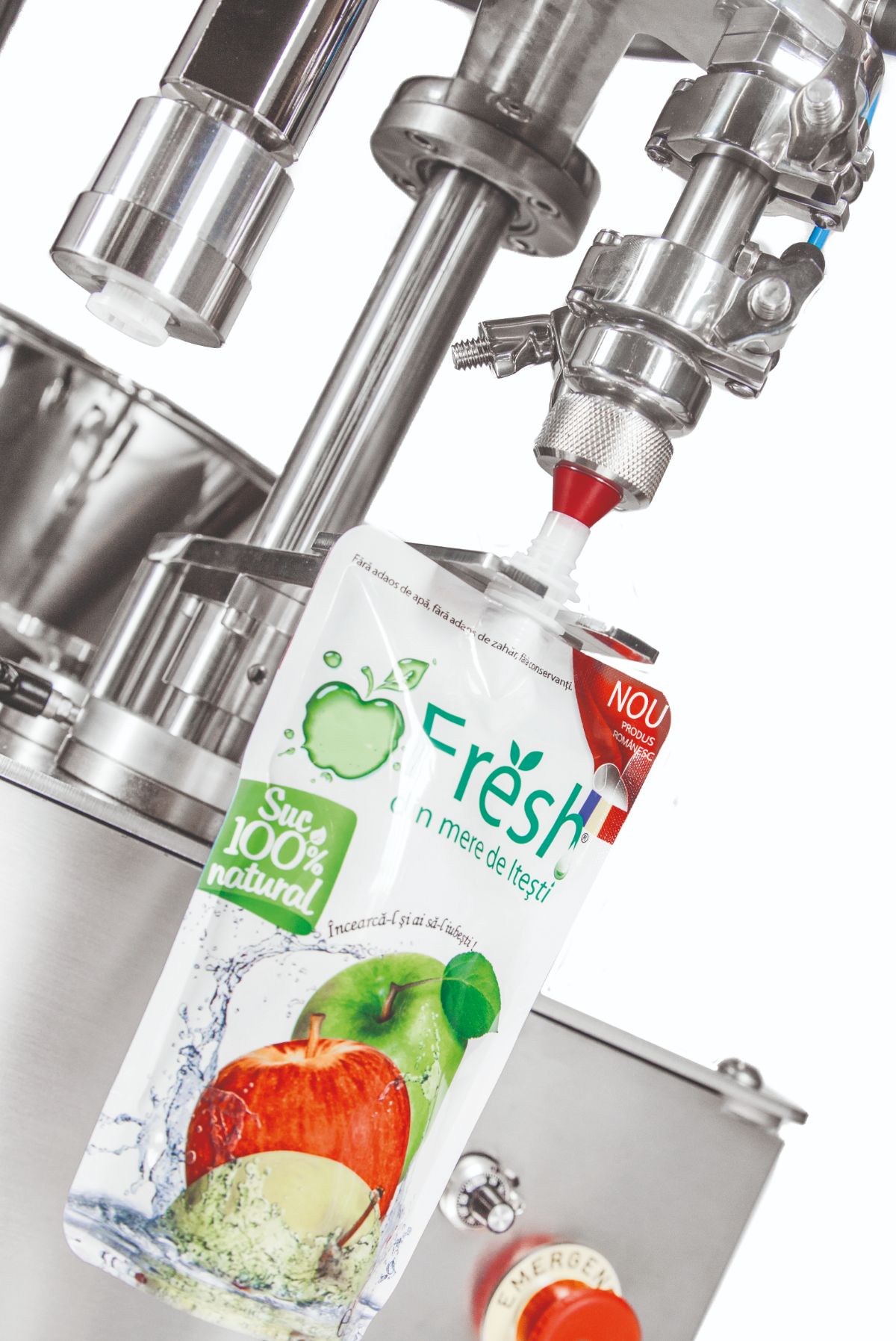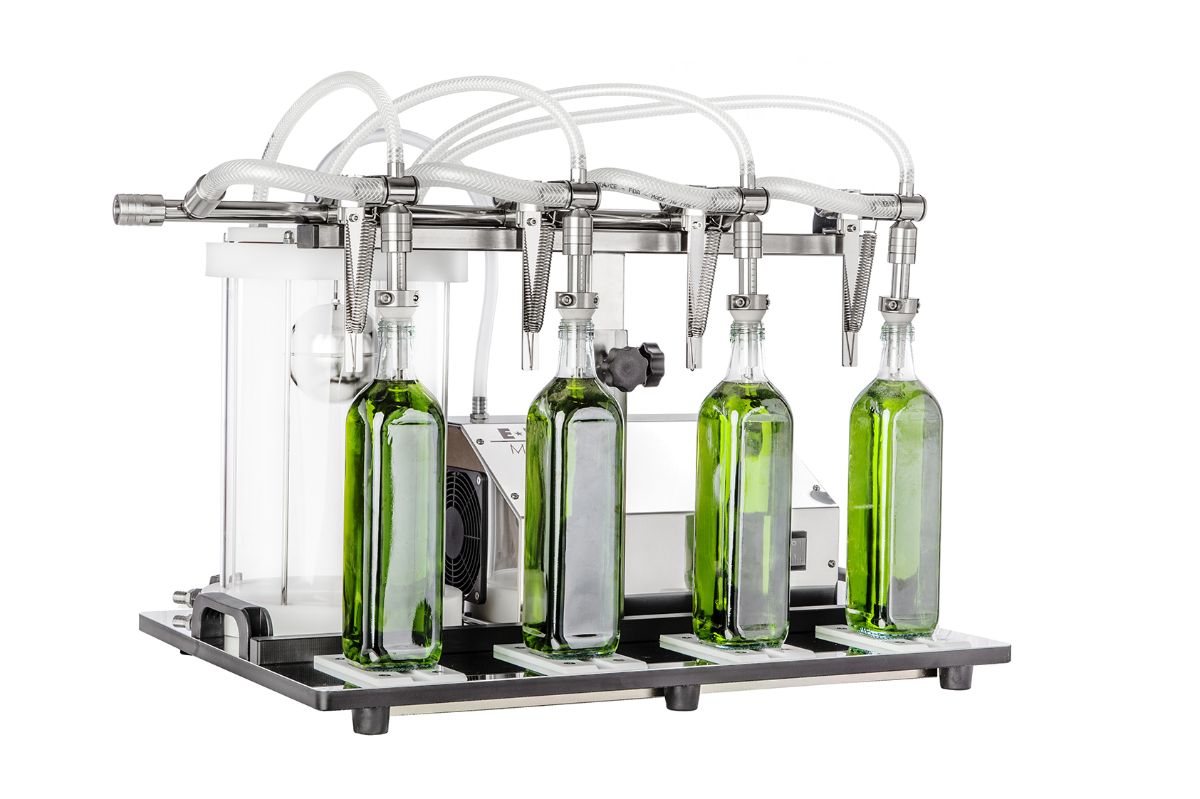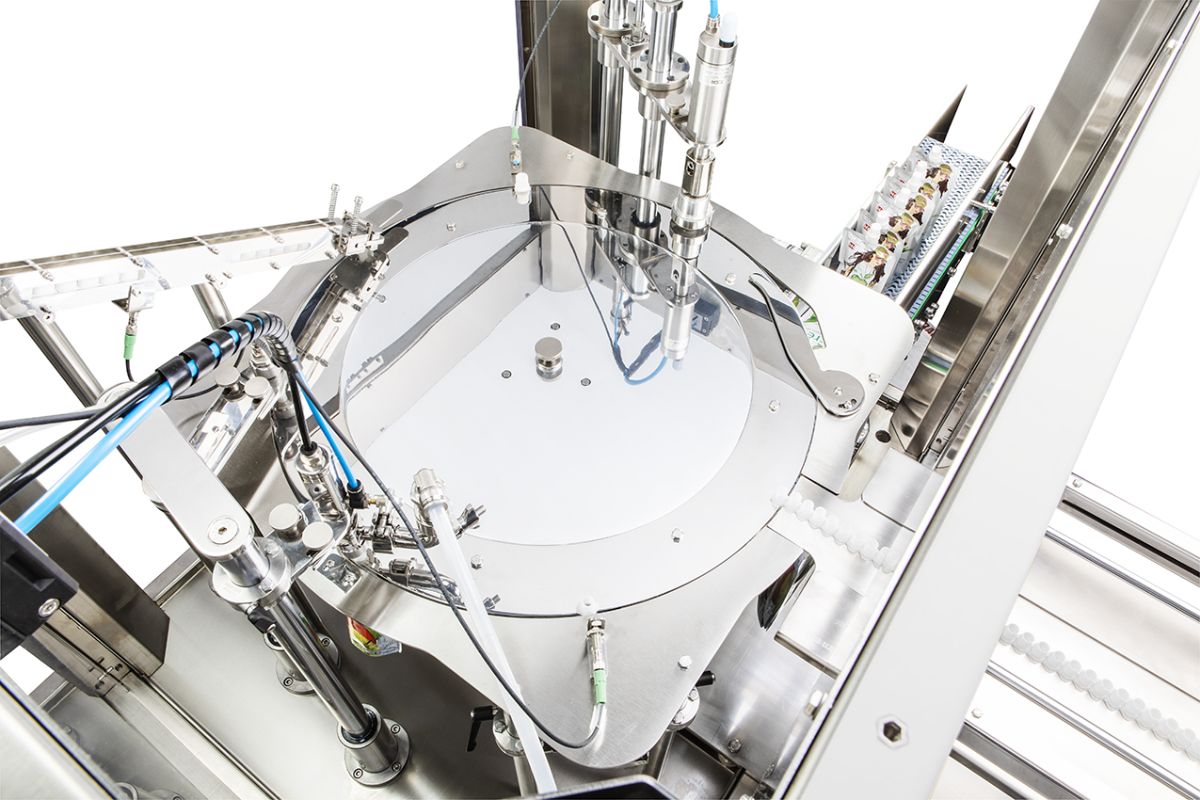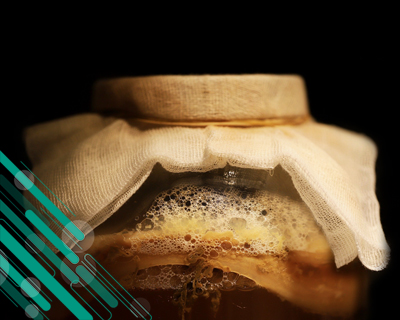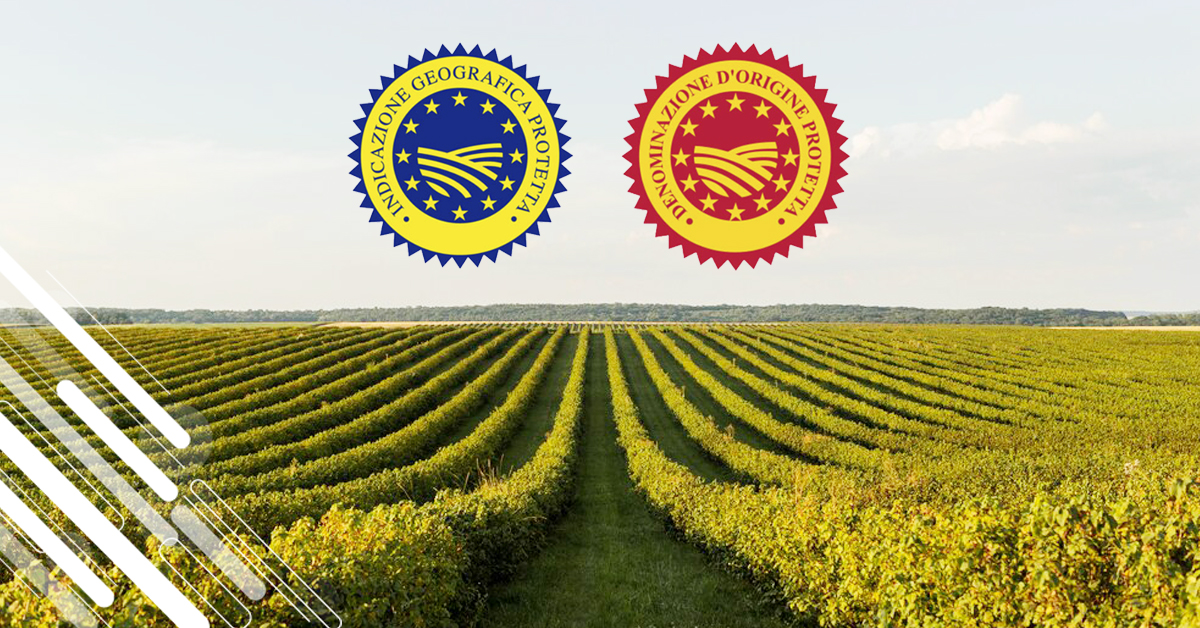The true pioneer is Jerry Thomas, known as the "father of mixology." In 1862, Thomas published the first book dedicated exclusively to cocktails, titled "How to Mix Drinks, or The Bon Vivant’s Companion," which compiled the first codified recipes for punches, juleps, and cocktails. Thanks to his creativity and talent, Thomas began experimenting with innovative combinations of alcohol, sugars, bitters, and aromatic ingredients, creating original concoctions that would influence bartenders for generations.
